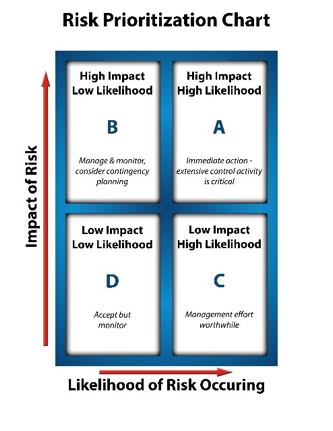Leaders: Are You Leading Change?

It is said that a diplomat avoids unnecessary conflict and that while a leader doesn’t seek conflict, they do challenge norms and rock the boat when necessary. For many of our businesses and non-profit organizations it’s time for leaders to challenge and to rock the boat.
Rapid technological changes, globalization of markets and competition, and slower economic growth combined with changes in consumer, investor and employee behaviour requires businesses, small and large, rural or urban to adapt; or die.
For many of these very reasons, non-profits are also required to adapt. Maintaining pace with technology, adjusting to changes in the way employees and volunteers are recruited and retained requires new and different leadership responses.
Non-profits must respond to government and societal demands for increased accountability and demonstration of meaningful outcomes. For many organizations, the failure to change or adapt often results in them becoming stuck, ineffective and obsolete.
Of change, Elliot M. Estes, former GM President said, “If something has been done a particular way for fifteen or twenty years, it’s a pretty good sign, in these changing times, that its being done the wrong way.”
The pace of change is more rapid today than in the 1970’s when Estes offered this insight. Business and non-profit leaders cannot ignore the call to change quickly and continually.
Given the results of not effectively adapting to ever present change-forces, it is critical that change be led not managed. In his book Leading Change, John P. Kotter wrote, “Successful transformation (change) is 70 to 90 percent leadership and only 10 to 30 percent management.”
The leaders of our businesses and non-profits have the responsibility for discovering change areas. These leaders are also responsible for:
1) Knowing and understanding the current and potential future impact change-forces are having or may have on their organizations.
2) Responding through establishment of the new direction (Vision) required to taken to successfully adapt to change realities.
3) Over-communicating Vision (internally and externally).
4) Ensuring the values, policies, people and resources of the business or organization most effectively align with the newly established Vision. New direction with unchanged systems and perhaps people will not accommodate the intended change in direction.
5) Ensuring potential obstacles to successful change are removed.
6) Ensuring change is promoted and reinforced through appropriate performance indicators, incentive programs, job descriptions and budgets.
7) Continually monitor change progress; and
8) Continually inspiring management and employees throughout the intended change process.
Change is inevitable. It is to be led not managed.
Call to Action:
As part of your business or organization’s upcoming strategic planning process dedicate time to:
1) Complete an environmental scan for your business or organization. Key scan areas include:
a. Outside Trends
b. Political Climate
c. Economic Climate
d. Internal Trends
e. Technology Factors
f. Changing Client/Community Needs
g. Changes in Competition
2) Prioritize areas of change into the following 4 Change Risk Impact categories:

3) Develop a leadership plan to adapt to the identified priority change areas.
The best is yet to come. It starts with you.
Your friends,
The UpCloseTeam




